Modern Figure Art | Flower Picture & Poster | Bedroom Decor | Canvas Painting
Features:
- Brand: Gflashy
- Material: Canvas
- Package content:1 piece,roll in the PVC tube
- Size: 1 inch=2.54cm XXS:13x18cm(5inchx7inch,10g)XS: 21x30cm(8x12inch,15g) S: 30x40cm(12x16inch,31g) M: 40x60cm(16x24inch,61g) L: 50x70cm(20x28inch,90g) XL: 60x80cm(24x32inch,125g)
- Customized: accepted any customized picture and size are welcome.
Notice:
- The frame is not included, To save your shipping cost and avoid the frame damaged during the shipping.
- For the color, a litter bit color different is normal, hope you can understand.
Product Show:

Modern Figure Art: Capturing the Essence of Humanity:
Modern Figure Art is a vibrant and evolving genre within the realm of visual arts that seeks to capture the essence of humanity in a contemporary context. It is a reflection of the ever-changing world we inhabit, a dynamic canvas where artists explore the intricacies of the human form and the emotions, stories, and experiences that it embodies.
In this essay, we will delve into the multifaceted world of Modern Figure Art, its origins, key characteristics, influential artists, and its significance in the broader spectrum of art.
Modern Figure Art finds its roots in the centuries-old tradition of figurative representation, dating back to ancient civilizations like the Greeks and Romans. The depiction of the human form has been a fundamental theme in art, symbolizing beauty, strength, vulnerability, and the human condition. However, as time has progressed, artistic movements and social changes have reshaped the way artists approach and interpret the figure.
One of the defining characteristics of Modern Figure Art is its departure from strict realism. While traditional representations focused on capturing anatomical accuracy, Modern Figure Art takes a more interpretive approach.
Artists in this genre often use distortion, abstraction, and symbolism to convey deeper emotions and ideas. They use the human figure as a vessel for expressing the complexities of the human experience, often delving into themes like identity, sexuality, and the impact of technology on our lives.
The use of a variety of media is another hallmark of Modern Figure Art. Artists working in this genre may employ traditional techniques like painting and sculpture, but they also frequently incorporate contemporary materials such as digital media, collage, and mixed media. This diversity of media allows for a richer and more multifaceted exploration of the figure and its place in the modern world.
One artist who exemplifies the modern approach to figure art is Egon Schiele. Schiele, an Austrian painter from the early 20th century, is known for his provocative and emotionally charged representations of the human figure.
His distorted and elongated forms convey a sense of psychological intensity, exploring the raw and often uncomfortable aspects of human existence. Schiele’s work is a testament to how Modern Figure Art can push the boundaries of conventional aesthetics and provoke deep emotional responses.
The human figure has always been a symbol of self-expression and individualism, and Modern Figure Art has embraced this concept with open arms. It often challenges societal norms and embraces diversity, pushing the boundaries of what is considered beautiful or acceptable.
Contemporary artists frequently explore issues of identity, race, gender, and sexuality, using the figure as a powerful tool for social commentary and personal expression. This willingness to confront uncomfortable truths and explore the complexities of human identity makes Modern Figure Art a pivotal force in the ongoing dialogue about societal change.
The rise of technology and the internet has also greatly influenced Modern Figure Art. In an era where images are constantly shared and manipulated, artists have found new ways to engage with and comment on the role of the human figure in the digital age.
From the rise of social media to the proliferation of selfies, the human figure is more present and malleable than ever. Artists often use this as a subject for exploration, reflecting on issues of self-presentation, voyeurism, and the impact of virtual spaces on our perceptions of the body.
The works of Jenny Saville, a contemporary British artist, provide an insightful perspective on the influence of technology in Modern Figure Art. Saville’s paintings often feature large, fleshy figures, challenging conventional standards of beauty.
Her art invites viewers to confront the uncomfortable realities of the human body, and in doing so, she highlights the contrast between the digital world’s carefully curated representations and the raw, unfiltered physicality of reality.
Another notable characteristic of Modern Figure Art is its propensity for narrative. Artists often use the human figure to tell stories, both personal and universal. These narratives can be deeply introspective, exploring the artist’s own experiences, or they can be allegorical, commenting on broader societal issues. The figure becomes a vehicle for storytelling, allowing artists to communicate complex ideas and emotions through visual language.
Kara Walker, an American artist known for her silhouette works, is a prime example of this narrative aspect of Modern Figure Art. Her intricate, black paper cutouts depict powerful scenes that address themes of race, gender, and history. Walker’s figures are not just static representations; they engage in complex narratives that challenge viewers to confront uncomfortable truths about America’s past and present.
In the broader context of art history, Modern Figure Art holds a significant place. It represents a continuation of the figurative tradition, adapting to the changing times and embracing new ideas and technologies. It stands as a testament to the enduring relevance of the human figure as a subject of artistic exploration.
Modern Figure Art is a dynamic and multifaceted genre that celebrates the human form while pushing the boundaries of representation and interpretation. It serves as a powerful tool for exploring the complexities of the human experience in the modern world, from the impact of technology to the challenges of identity and social norms.
Through the works of artists like Egon Schiele, Jenny Saville, and Kara Walker, we see how Modern Figure Art can provoke thought, inspire emotion, and spark important conversations about the human condition. In a world that is constantly changing, Modern Figure Art remains a vital and evolving form of creative expression.



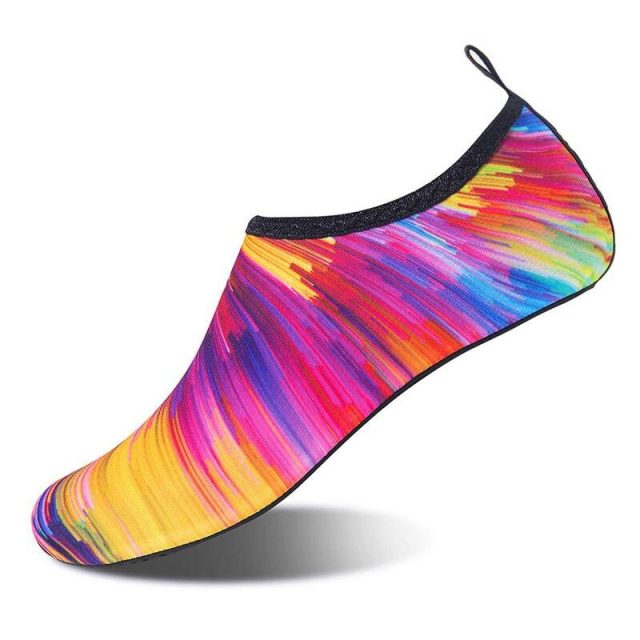



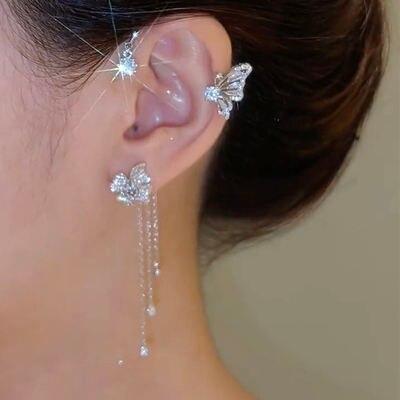
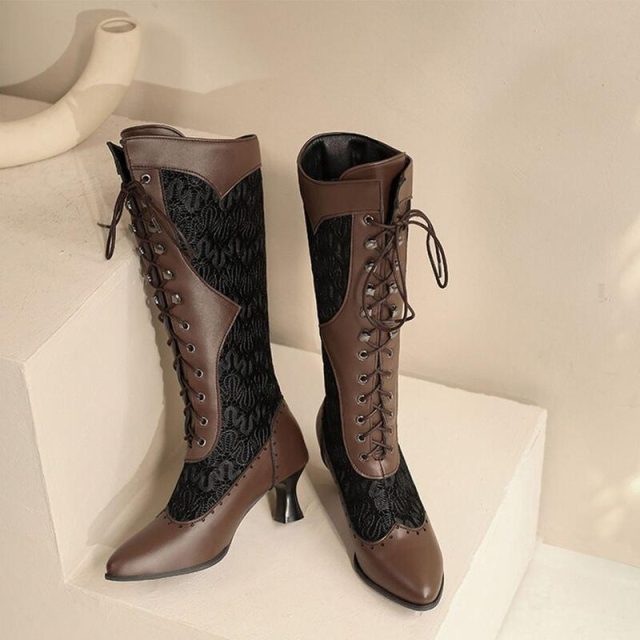
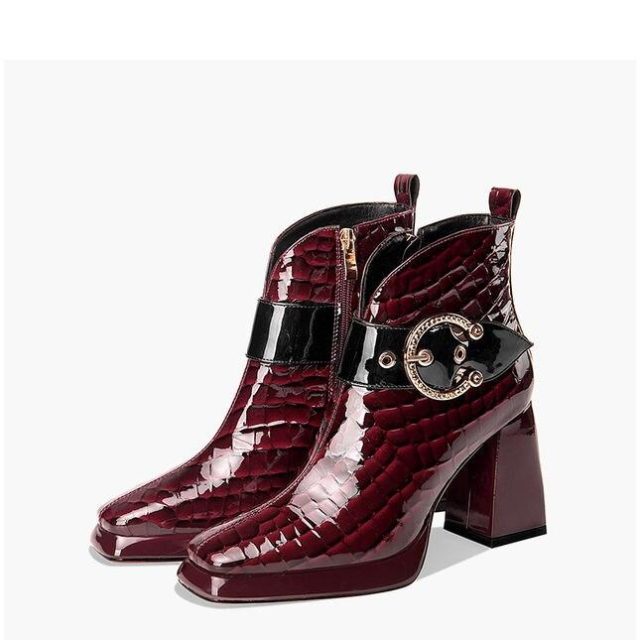


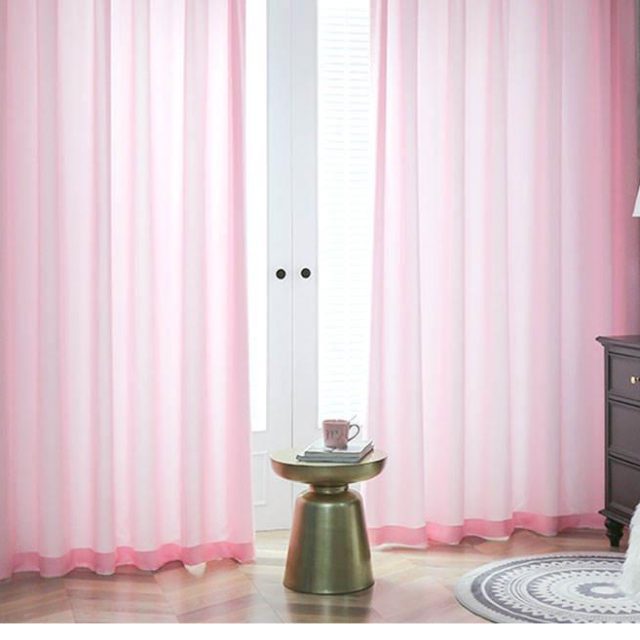
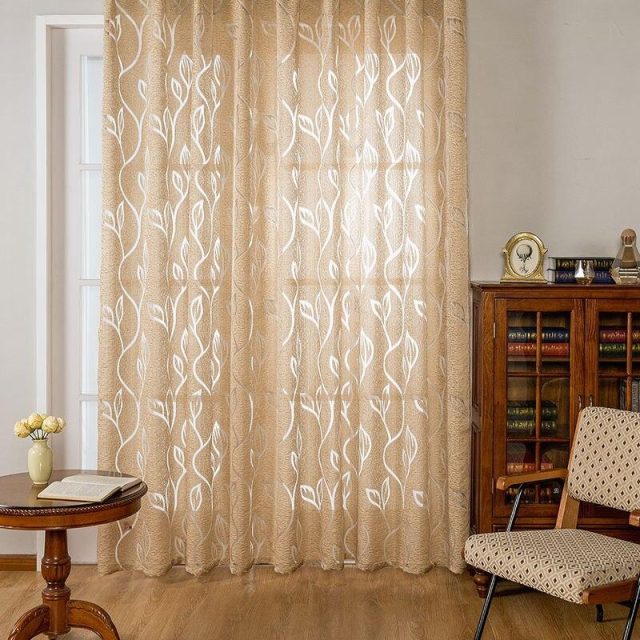
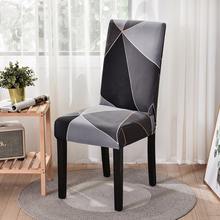
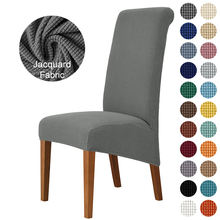
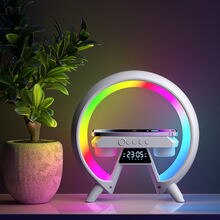

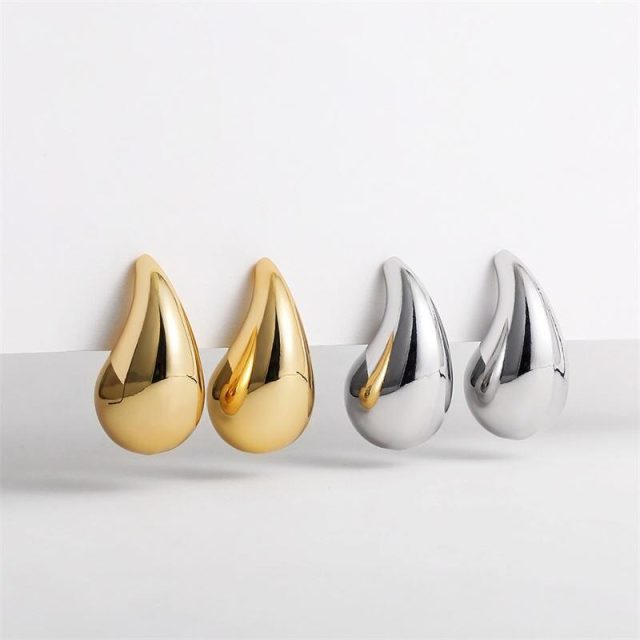









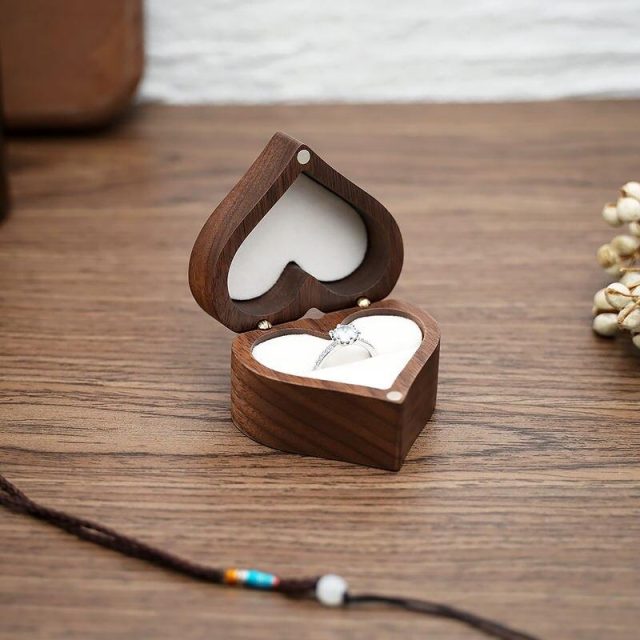
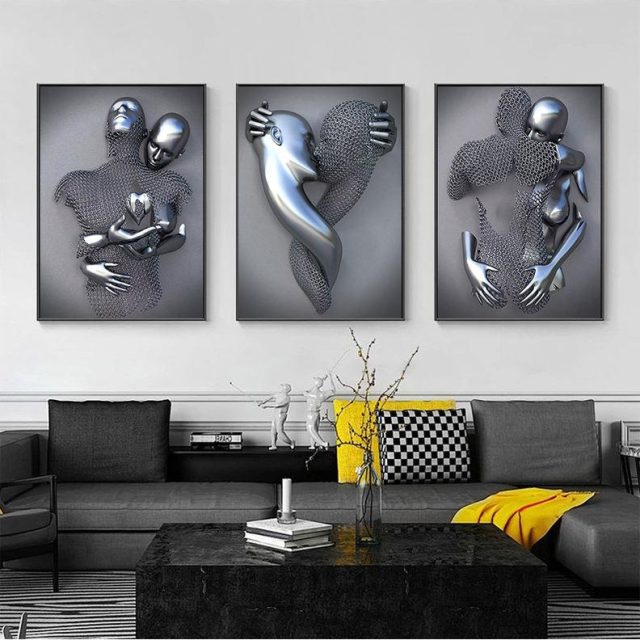
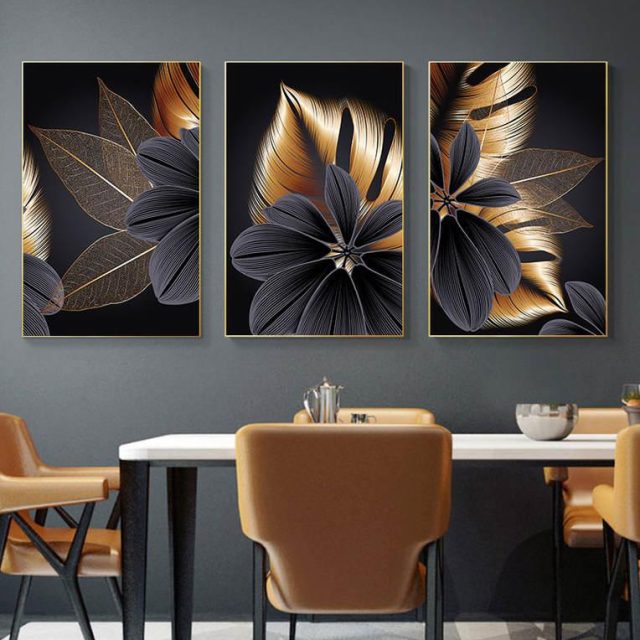





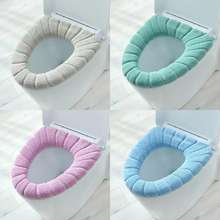

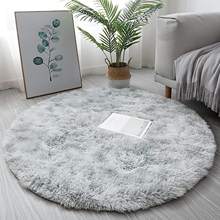

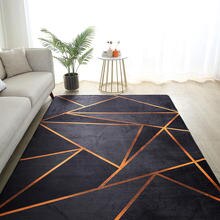

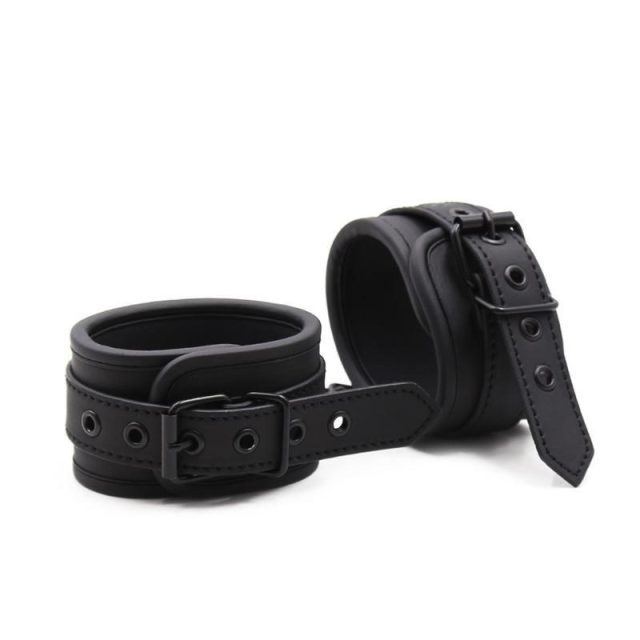


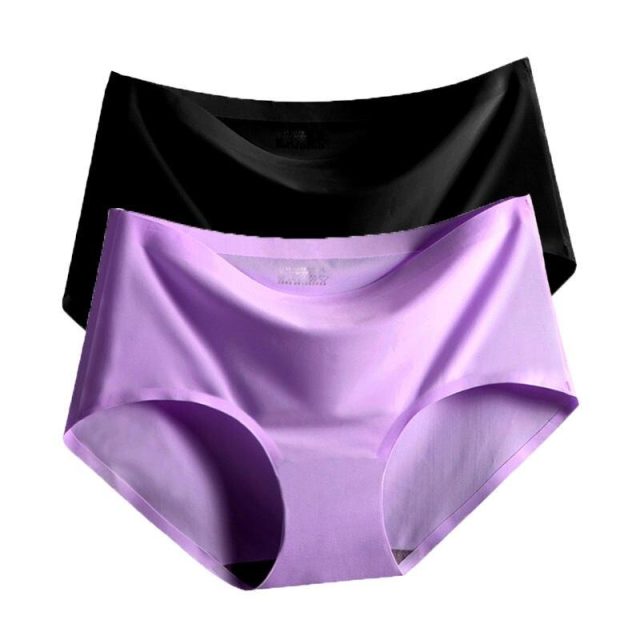
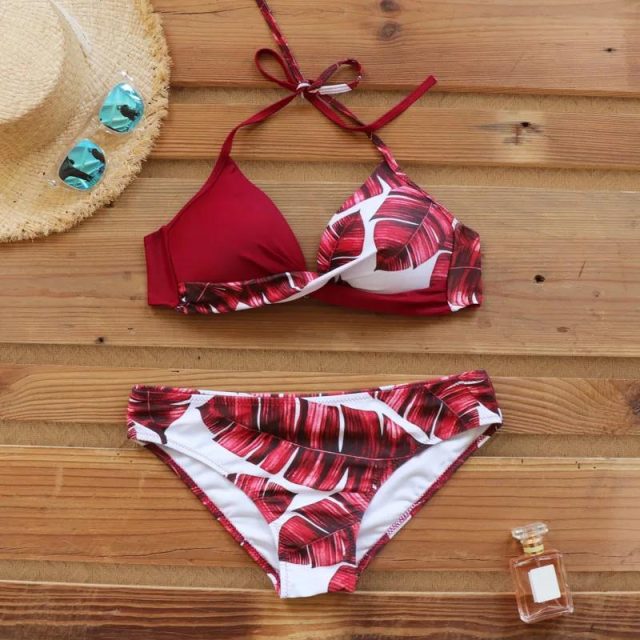
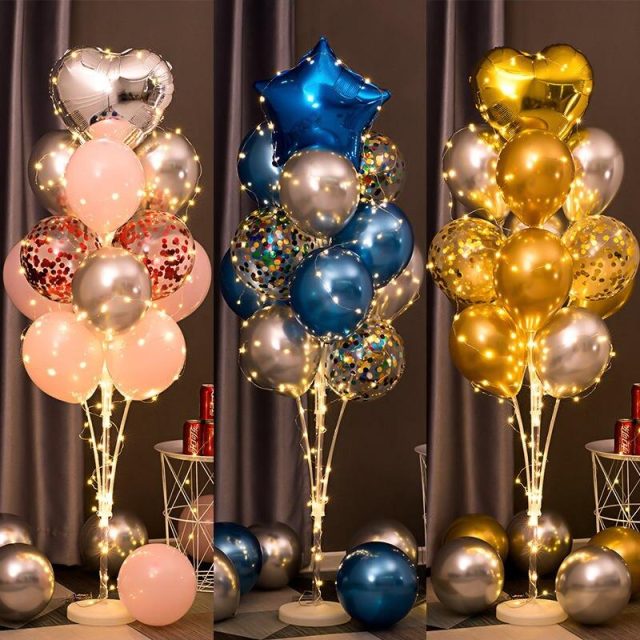

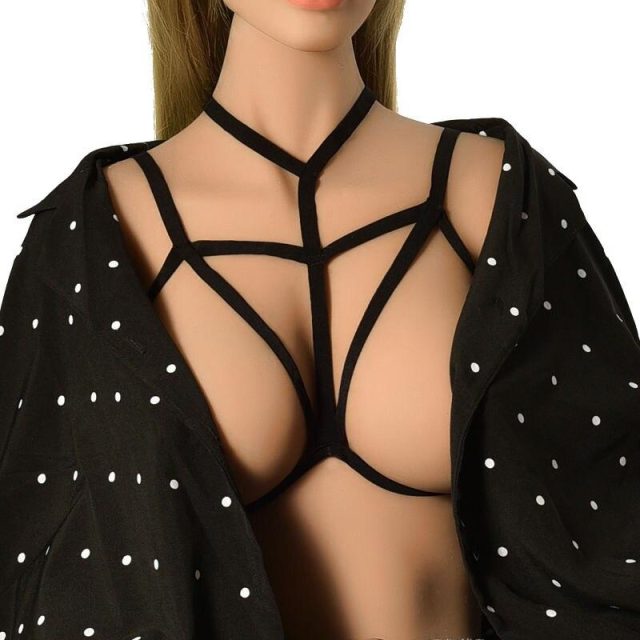
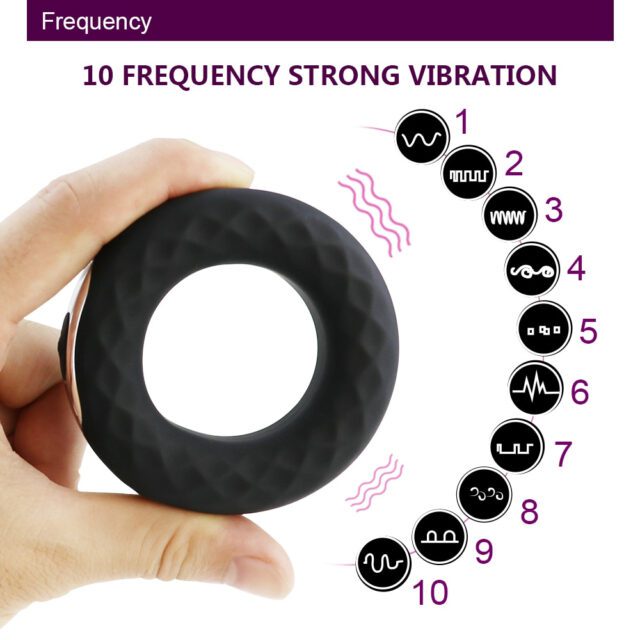
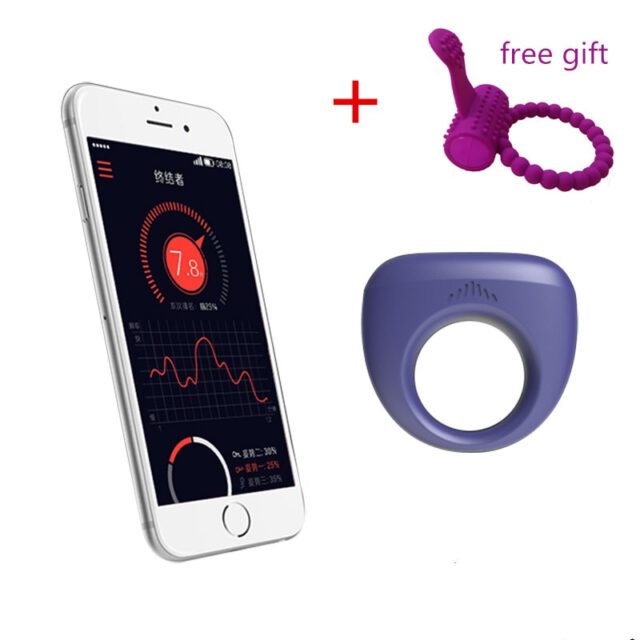



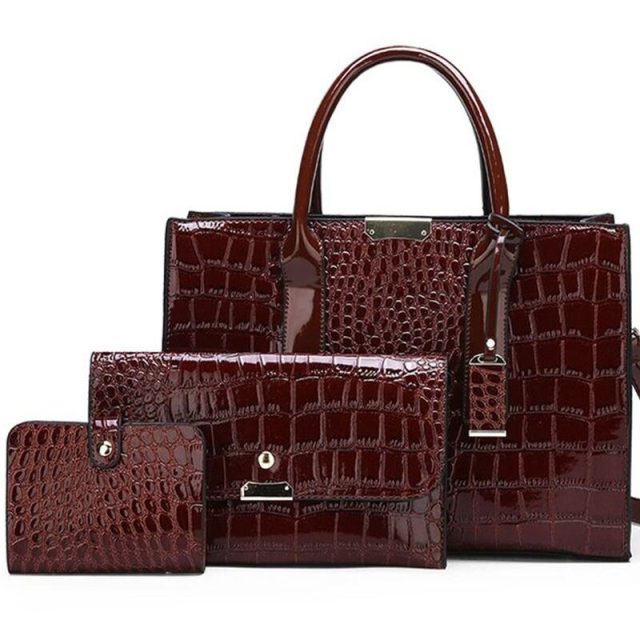



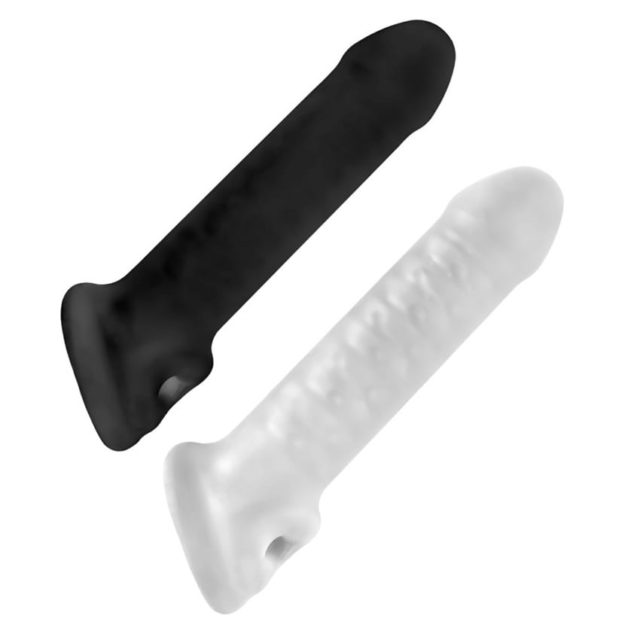
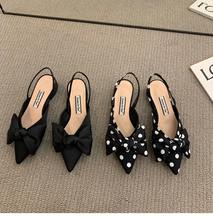
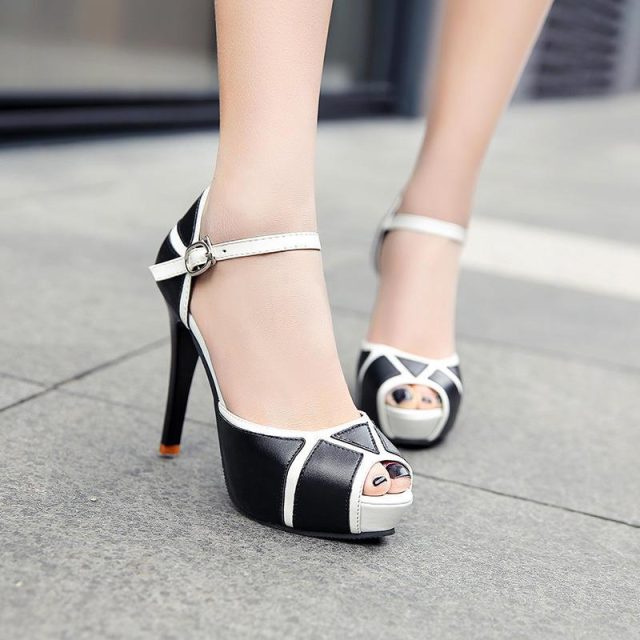
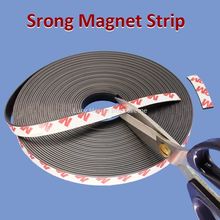
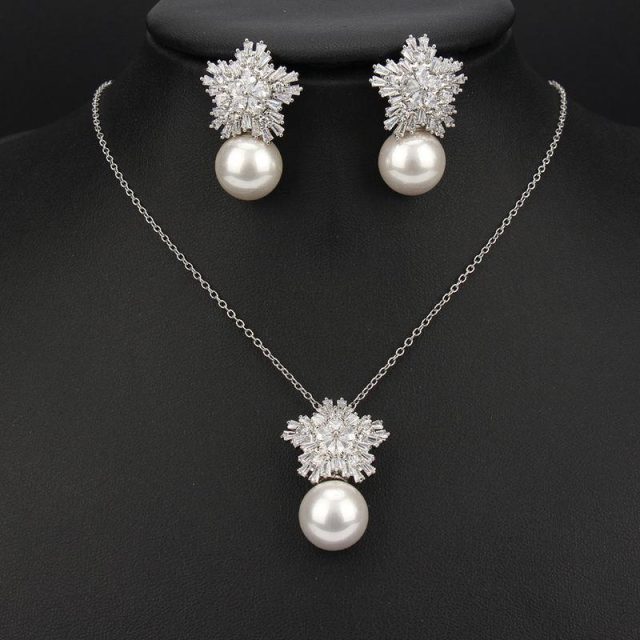
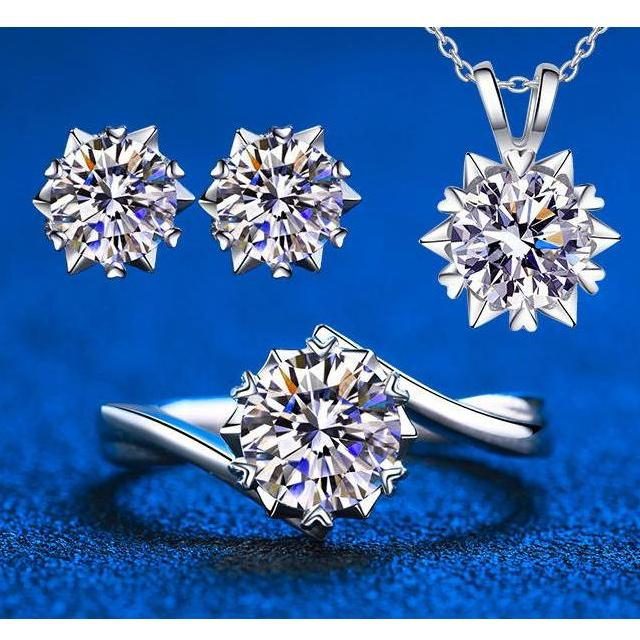


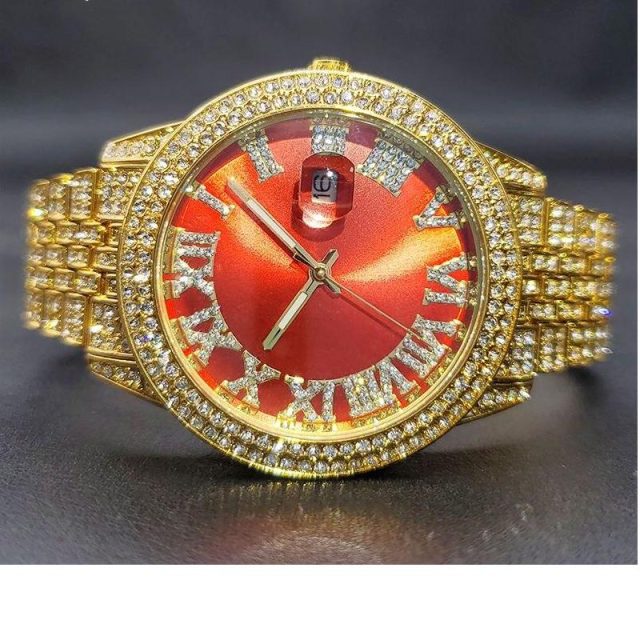
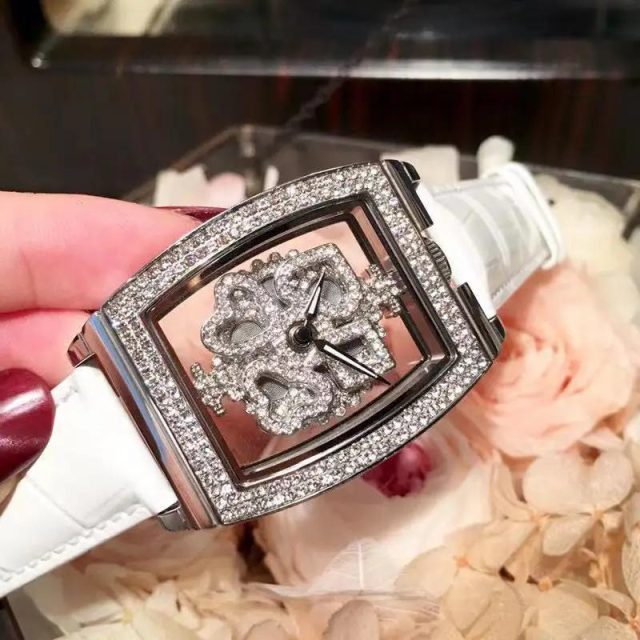

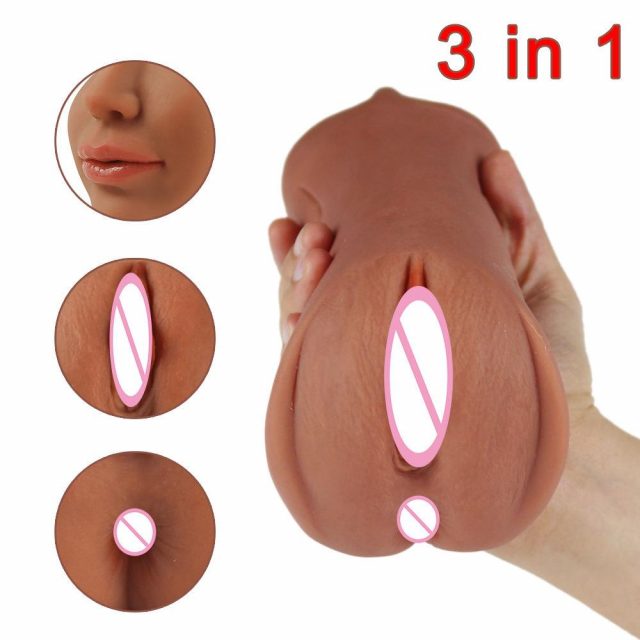
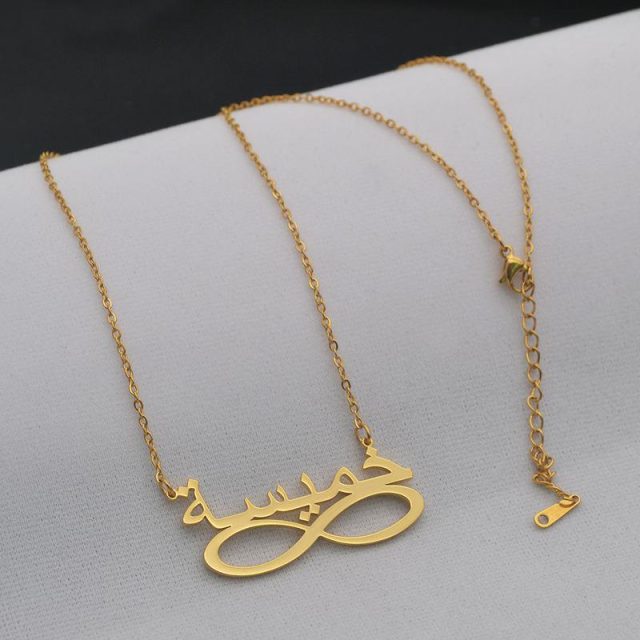
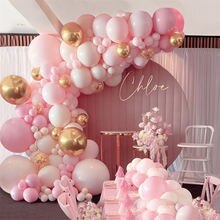

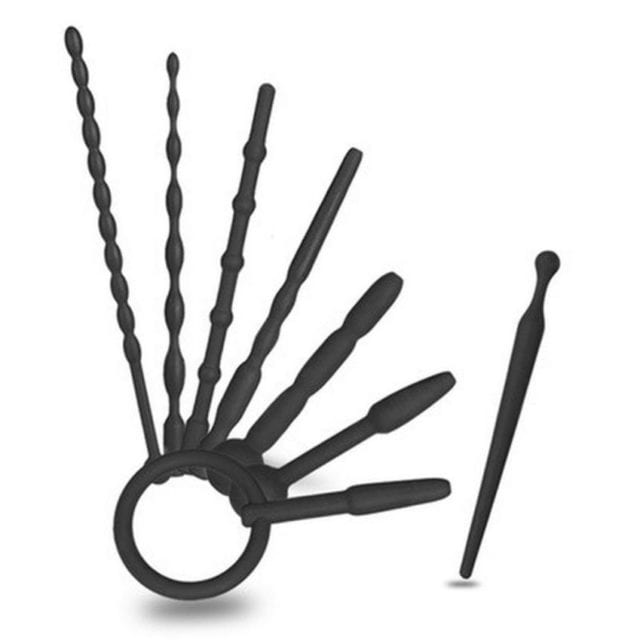
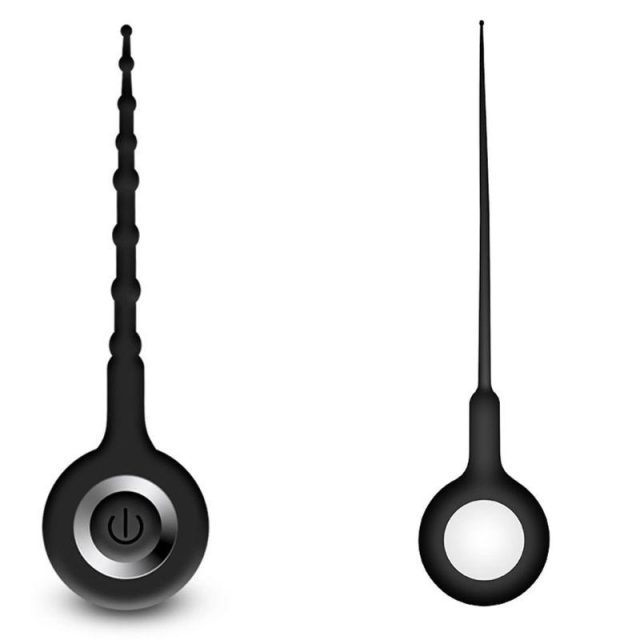



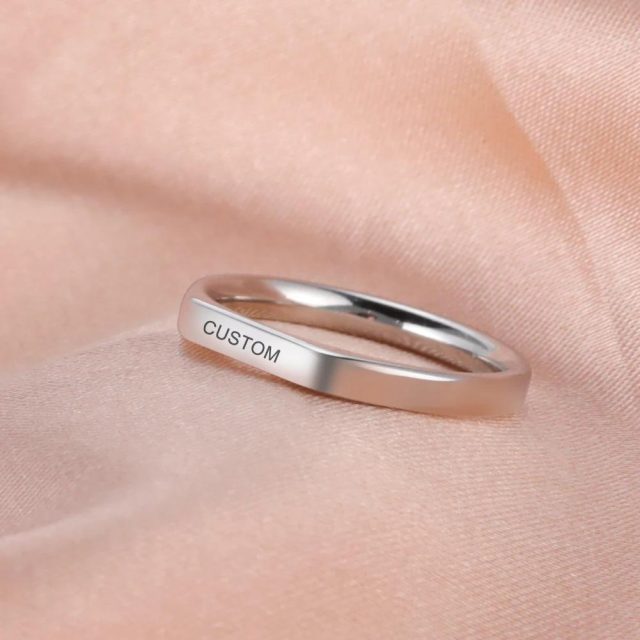
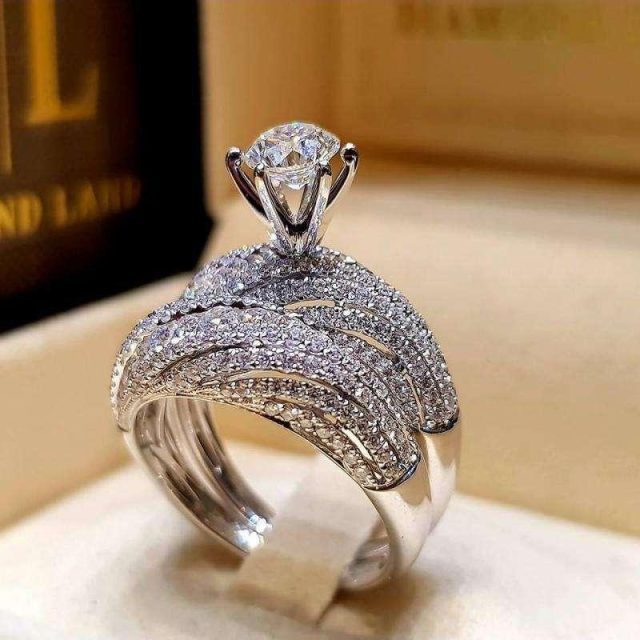


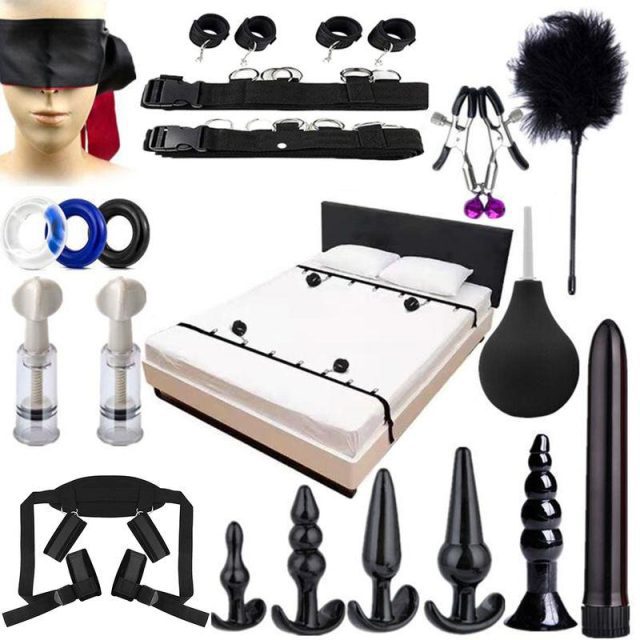

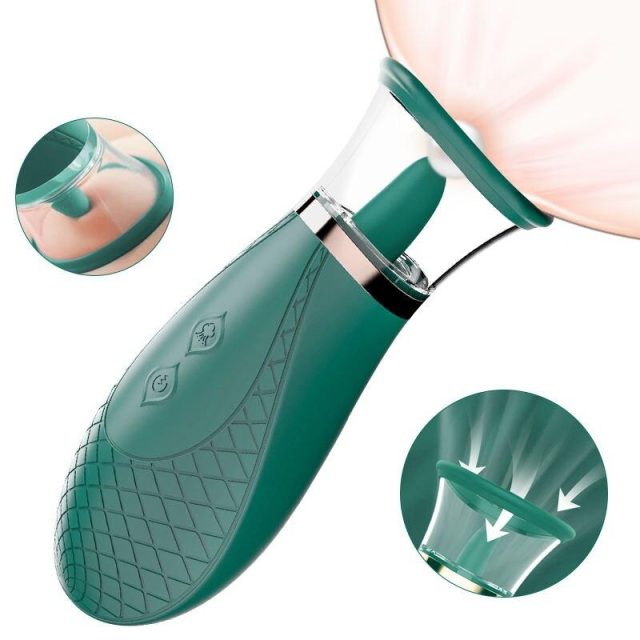
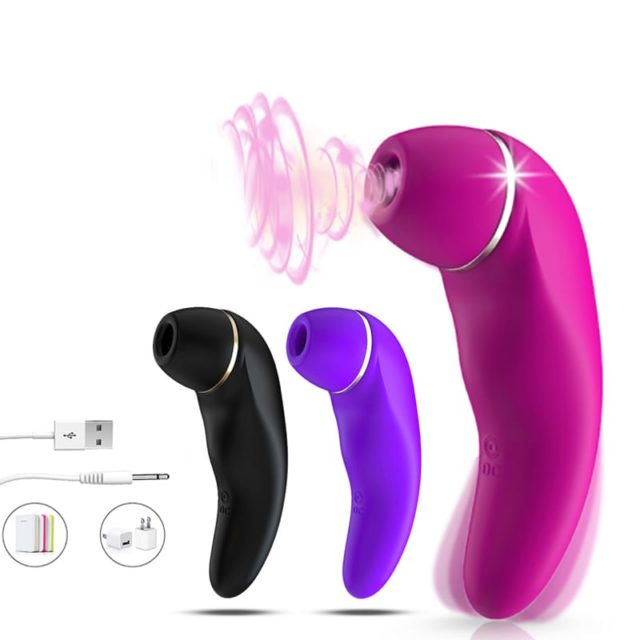

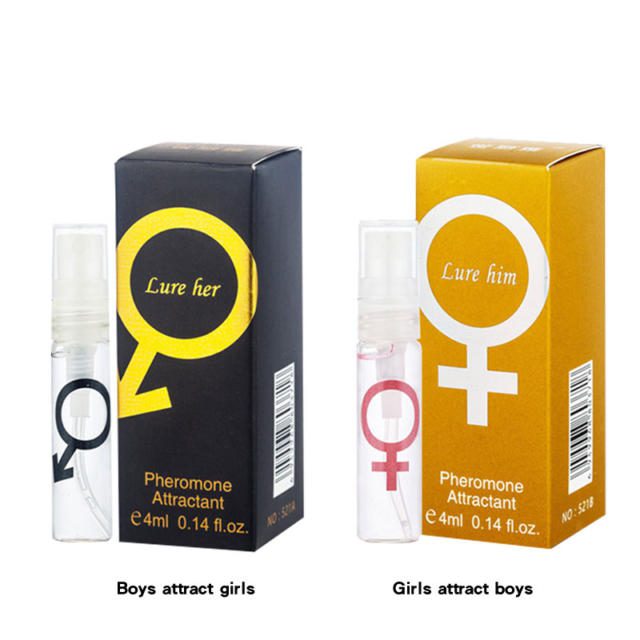

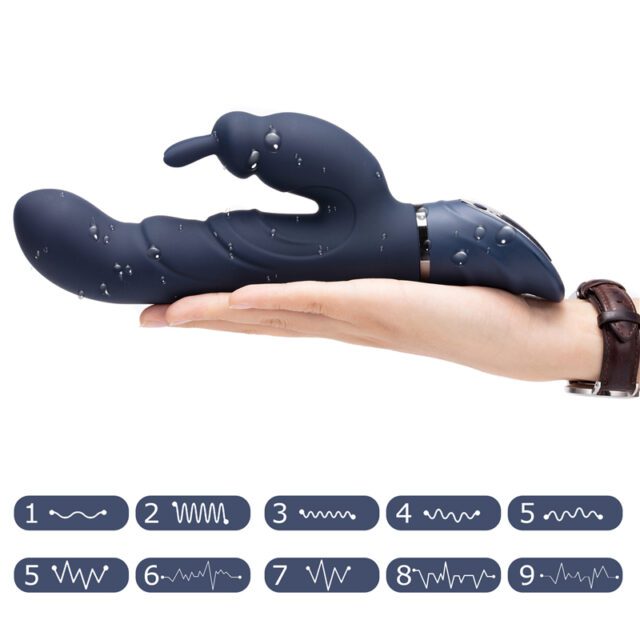

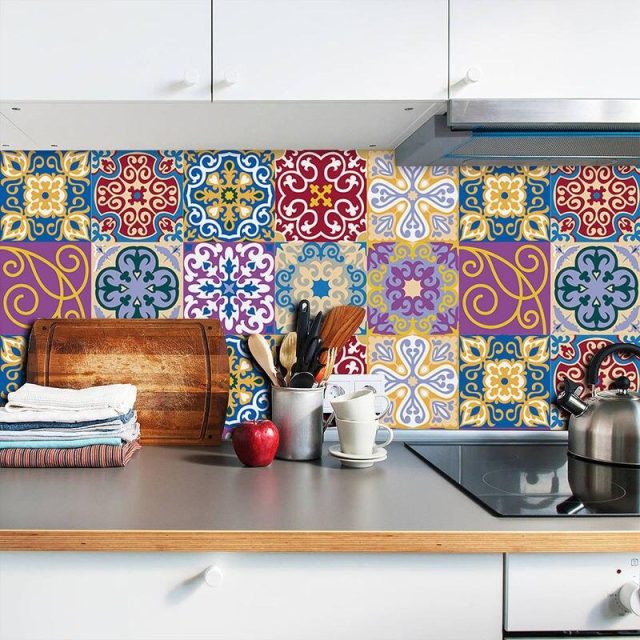


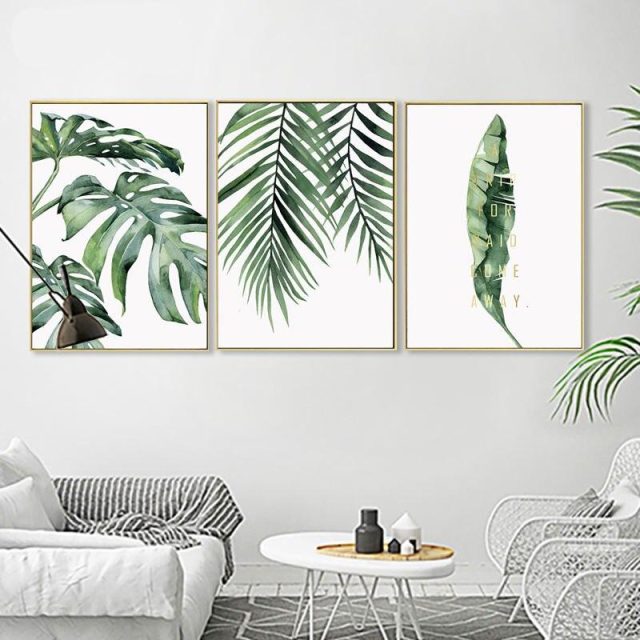
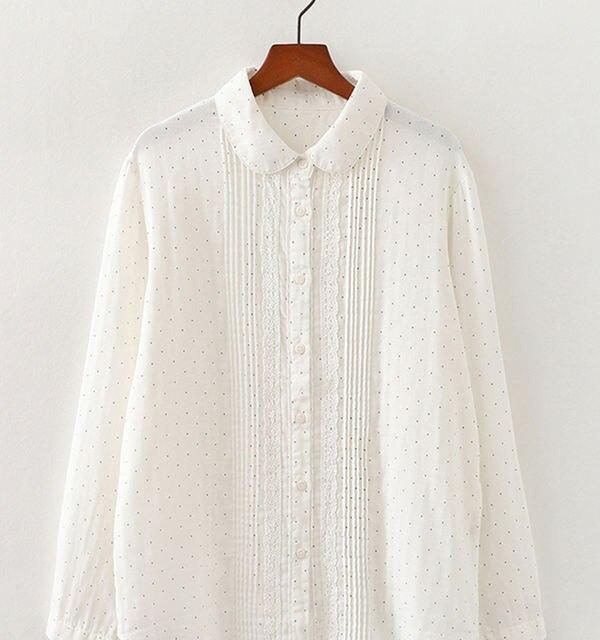
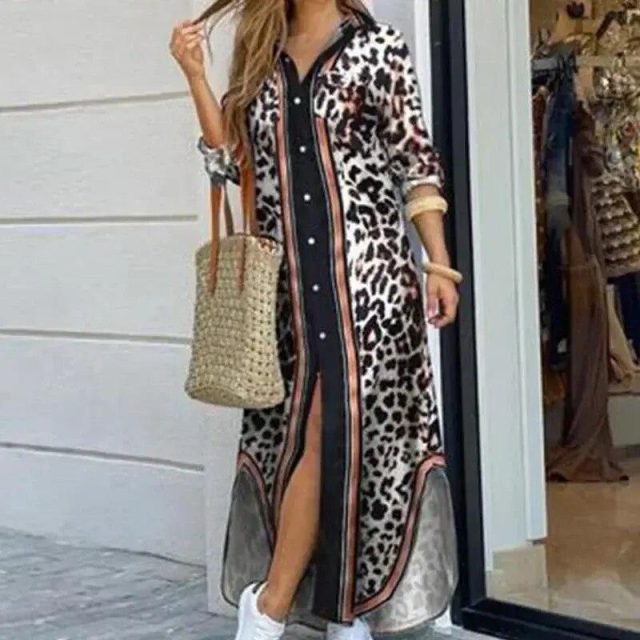

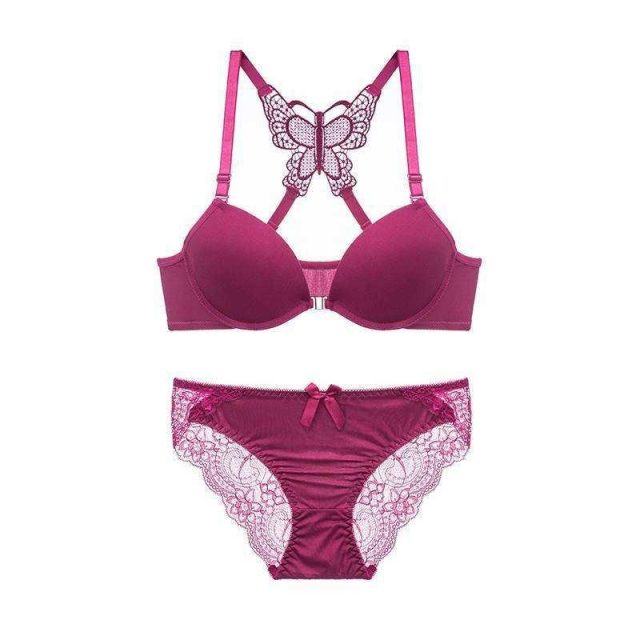

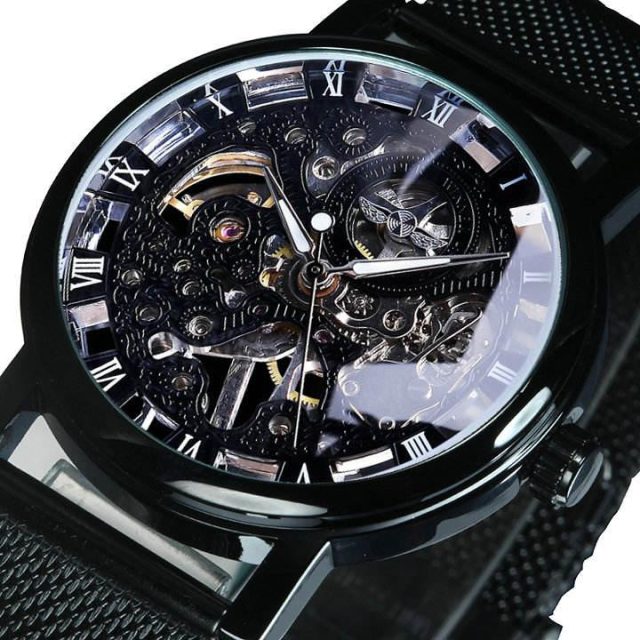
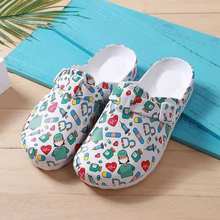


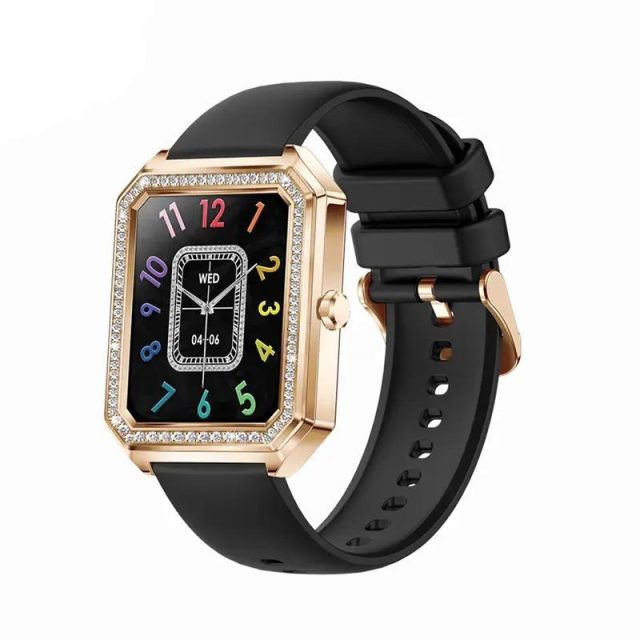
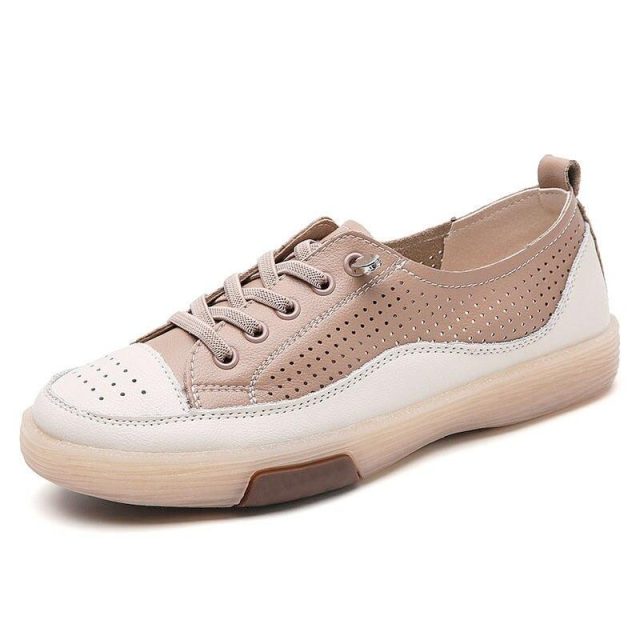





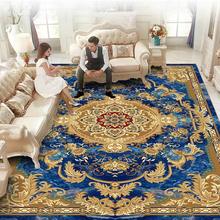

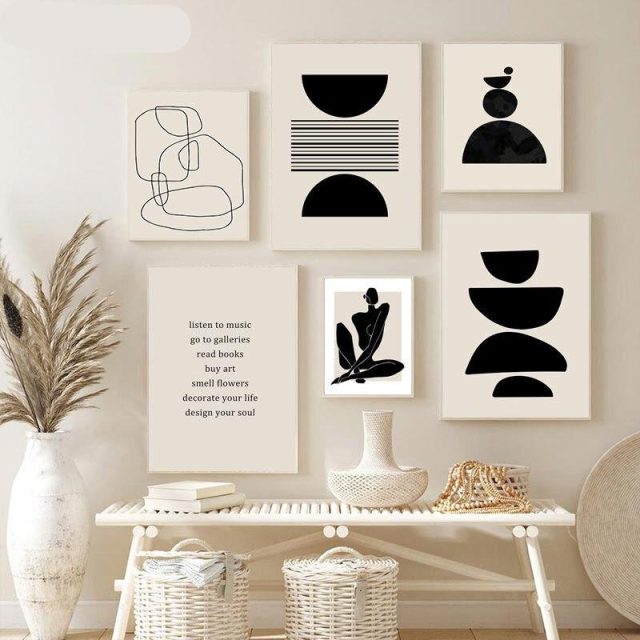
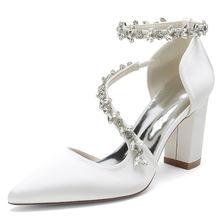
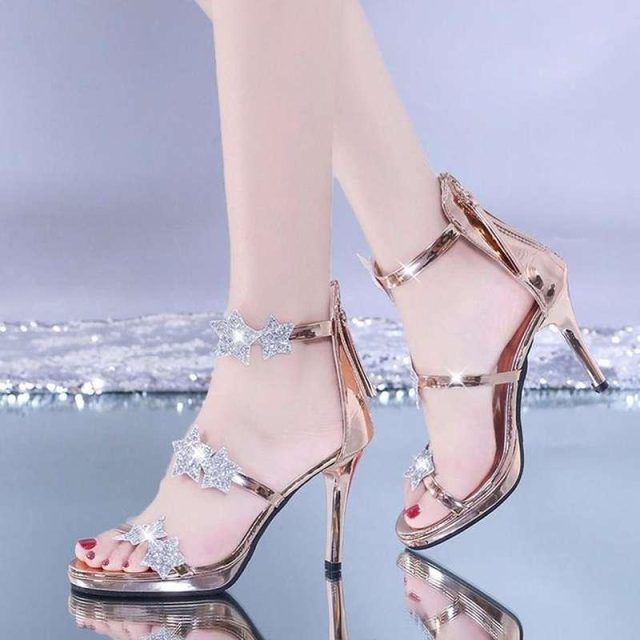

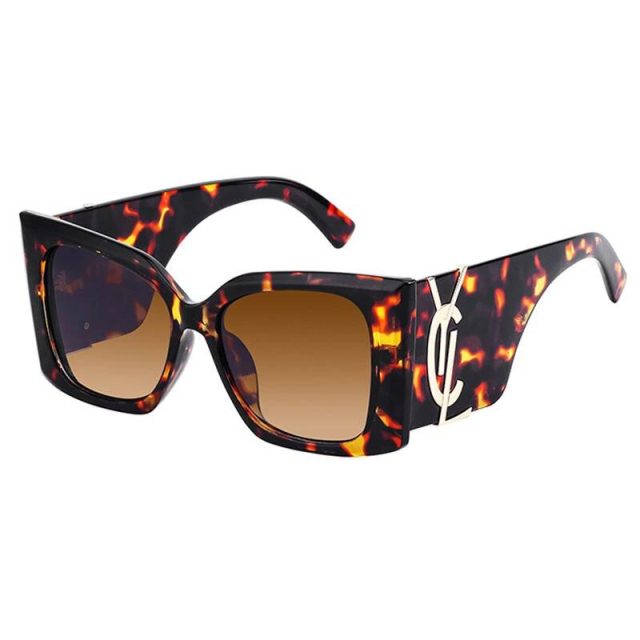
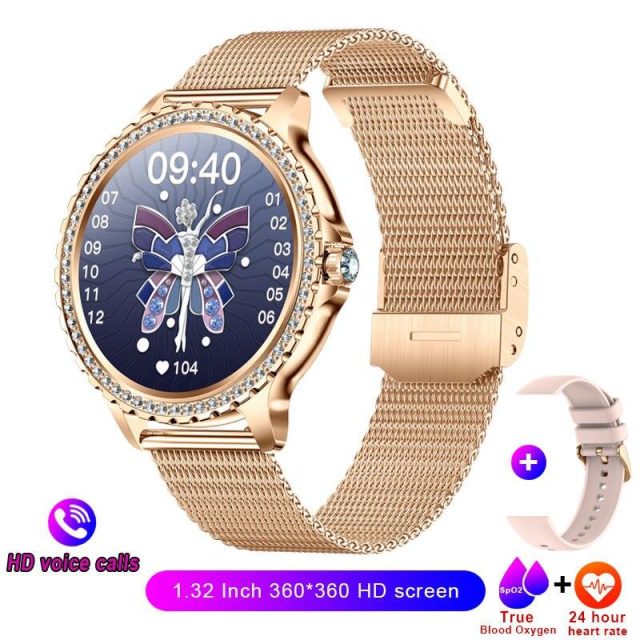

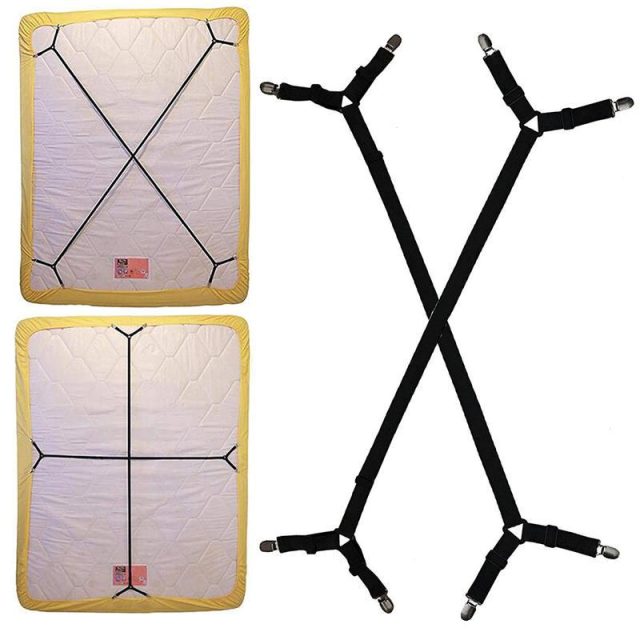

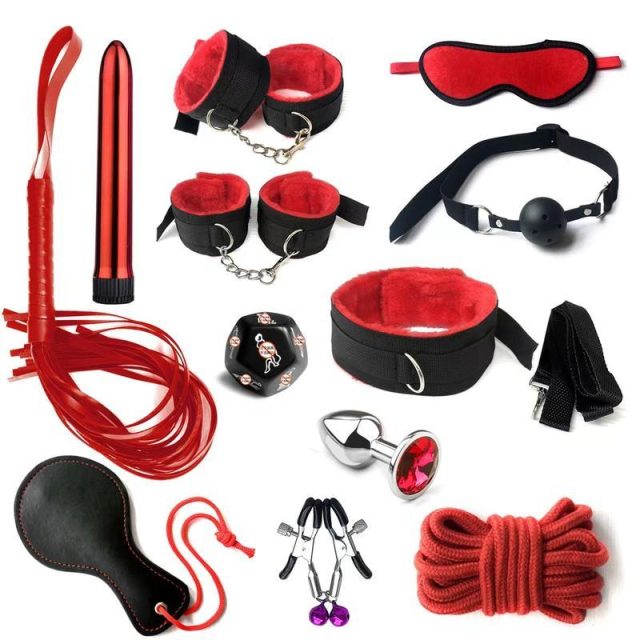
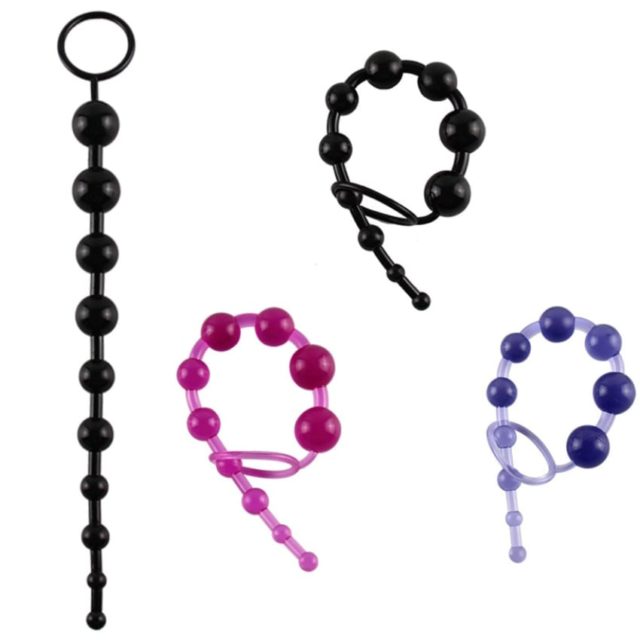
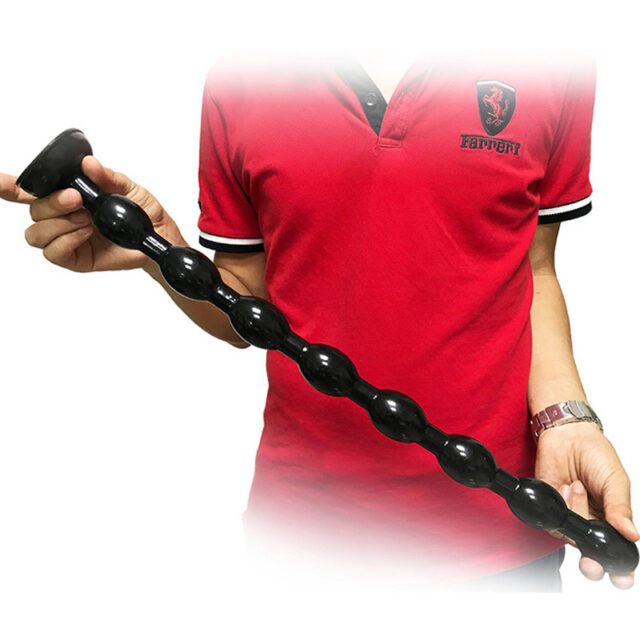


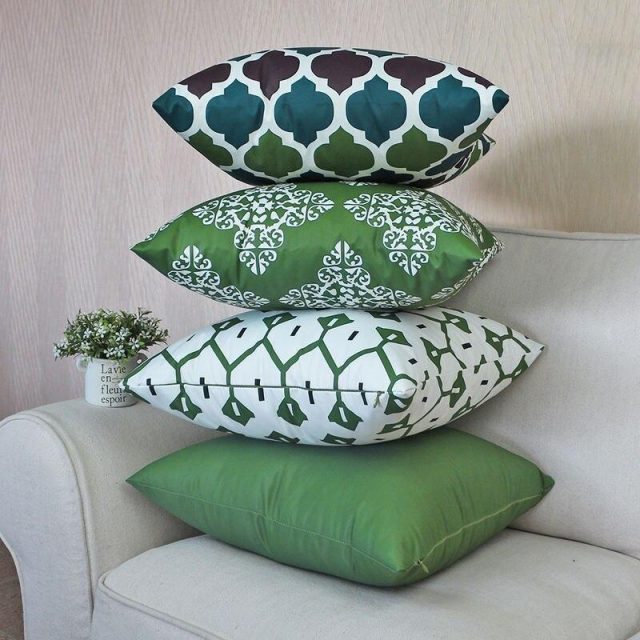


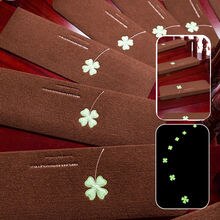




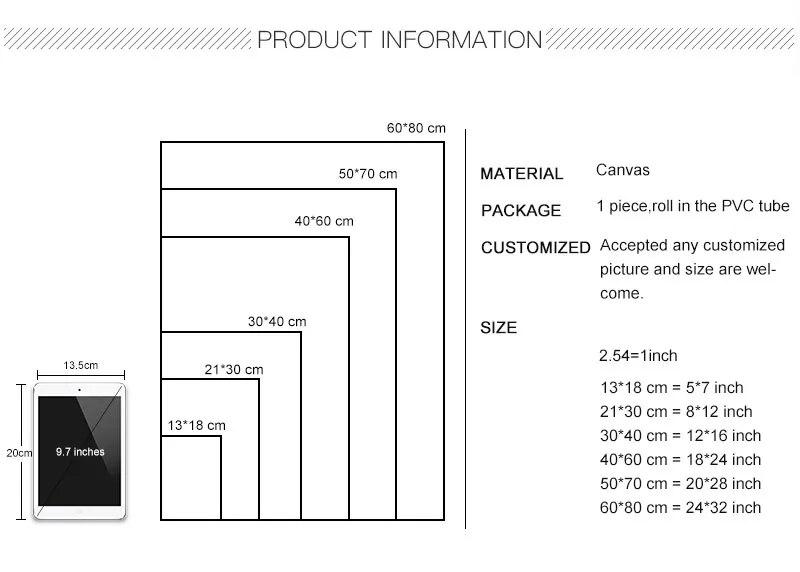

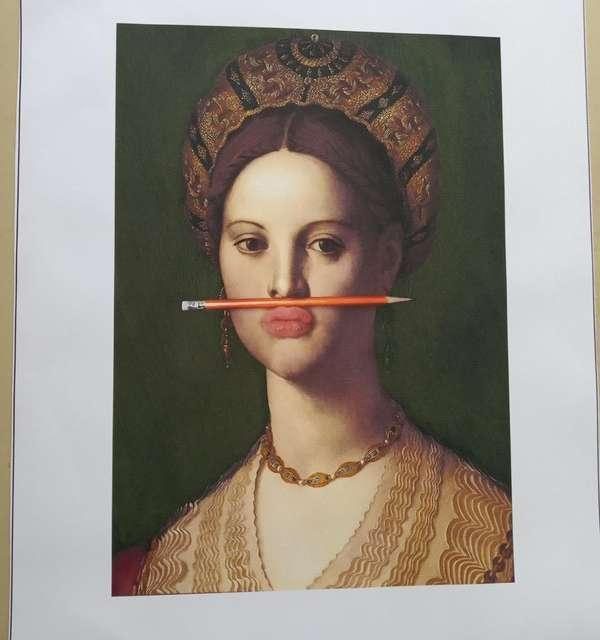
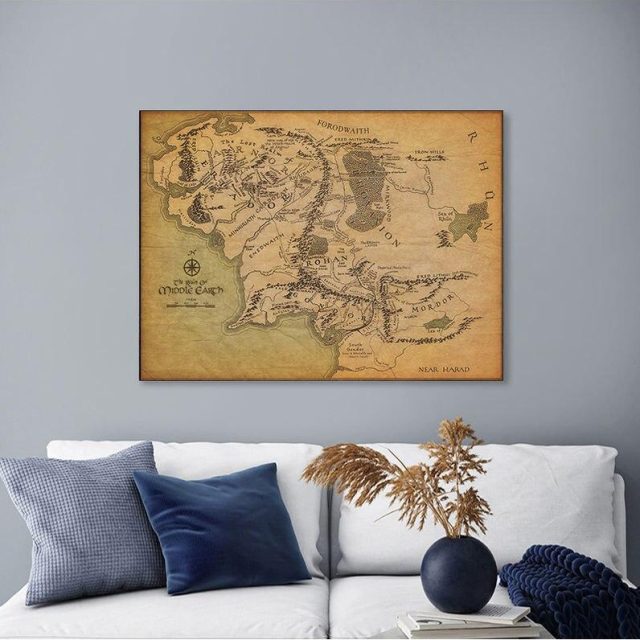



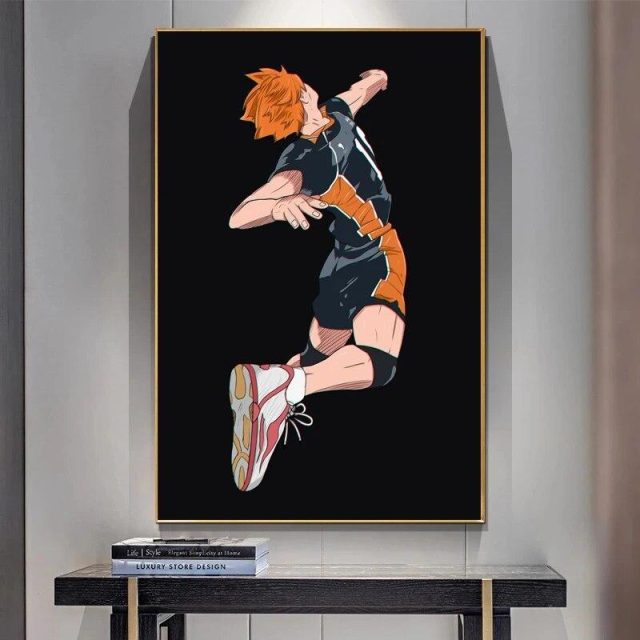
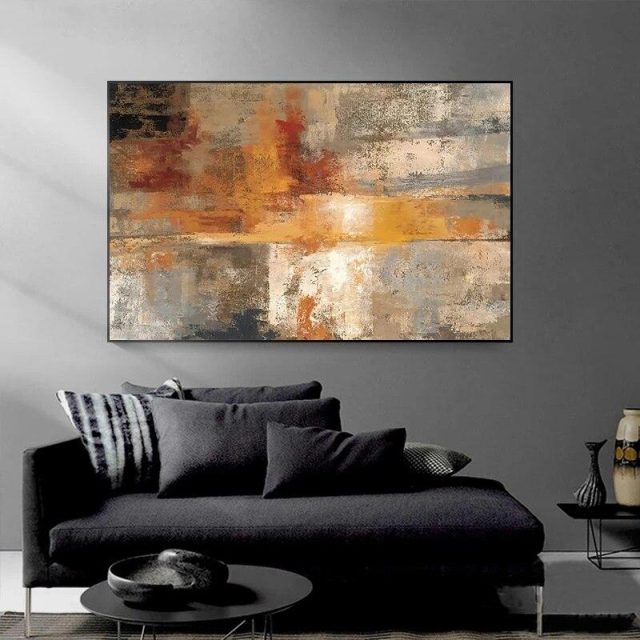






beatifull! true to picture ♡
The poster is printed on the plotna, the print is good quality. Great packed in plastic tube, not damaged in transport. I'm delighted
Fantastic photos. Great quality.
Achujiens